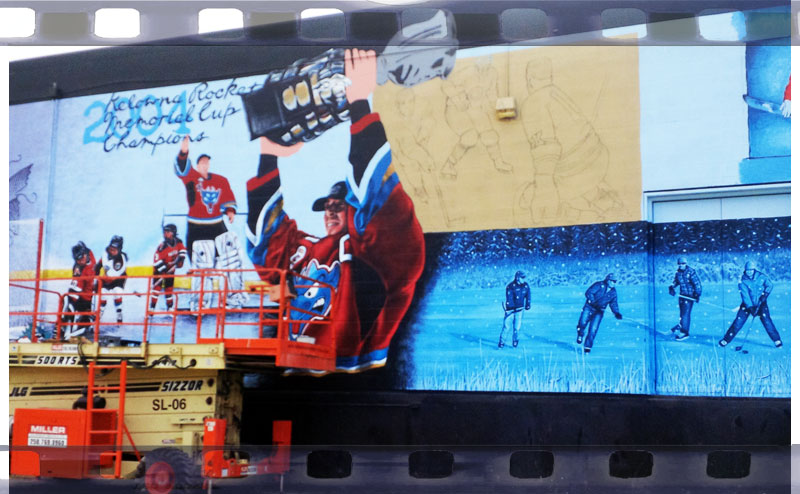The term “cold storage” is usually associated with large companies that deal in huge quantities of perishable foods like fruits, fish, or anything with a limited shelf life. However, these are not the only things stored in such places. The best freezer storage, for example, is preferred by pharmaceutical companies for their drugs and other products that may need such low temperatures.
As such, it’s good to know about such facilities and their different temperature requirements. These include:
Refrigerated Spaces
This seems like an umbrella term used to describe any enclosed area where conditions are artificially manipulated to achieve subzero temperatures. However, distinctions can be made about certain aspects of it. For example, the California Energy Commission defines a refrigerated space as “any enclosed area constructed for the express purpose of handling and storing products, during which mechanical refrigeration is used to keep temperatures at 55 degrees Fahrenheit.” Walk-in coolers and freezers seem to fall under this category.
It would seem that “cold storage” is the more appropriate term to use when describing such structures more generically.
Refrigerated Warehouse
A distinction should be made between a refrigerated space and a refrigerated warehouse, with the latter being defined as “a building, space, or structure of 3,000 square feet or greater used for handling of products. Its temperature is to be maintained at 55 degrees Fahrenheit or less.”
The dimensional specifications of the refrigerated warehouse under the same California Energy Commission’s code is the main difference between the two types of cold storage facilities. Though seemingly insignificant, these dimensions can have practical implications. A proprietor thinking of leasing one of these structures, for example, may insist on one with “at least 3,000 square feet of space.” This makes it clear that the proprietor is referring to a refrigerated warehouse and not just any storage “space” per se. Drawing up a contract for such a deal will include such specific language.
That’s why we endeavor to clarify any such distinctions, given that such crucial details could have a bearing on a potential client’s choices. Our experts try to ensure that anyone coming into our facility is fully aware of such little differences.
Dry Storage Area
Single-service items like napkins and disposable utensils need proper storage before distribution; so do foods and many other items. Some scientific specimens like blood samples, for example, may need storage in a facility whose temperatures are not at the extreme end of the spectrum. Blood samples need overnight storage at temperatures not exceeding 42 degrees Fahrenheit. 50 degrees Fahrenheit is ideal for the prolonged shelf lives of most foods while 70 degrees Fahrenheit will cater to most products.
All these temperature ranges can be found in a typical dry storage area, where the emphasis is put on preservation without extreme low temperatures.
Fripp Warehousing offers a range of cold storage services, including spin-offs of the above-mentioned facilities. We know that the needs of clients sometimes require a balance between cooler storage and dry storage space. We provide all these while ensuring the safety of the client’s merchandise. Contact us here for a quote: https://www.frippwarehousing.com/
Fripp Warehousing
1005 Ethel St.
Kelowna British Columbia V1Y 2W3
250-860-2511
Find us on Social Media
https://www.facebook.com/frippwarehousing/
